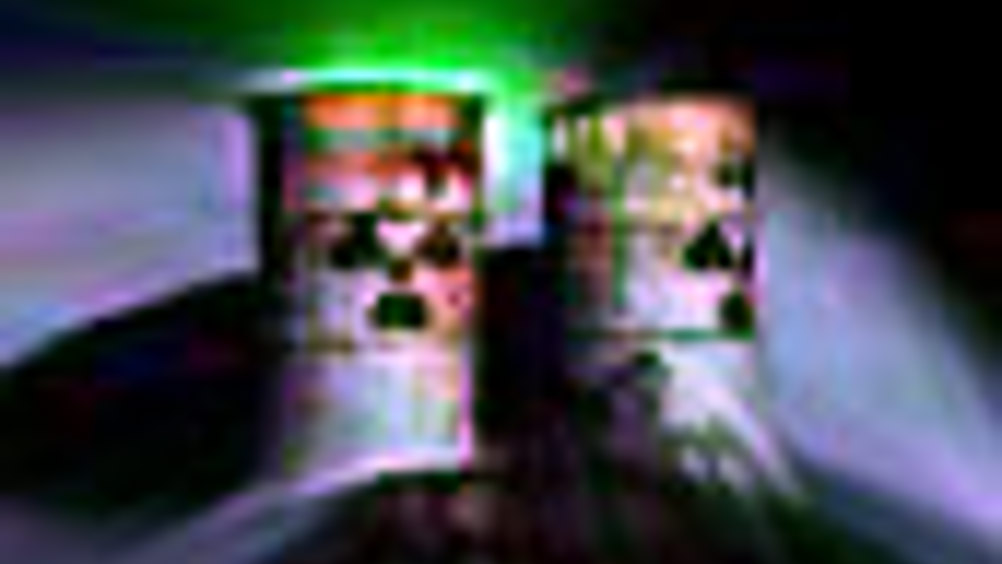Supernate solidified for safe storage

Researchers have discovered a new method of processing low-activity liquid nuclear waste into a stable solid for safe disposal.
The team of scientists from
The US Department of Energy (DOE) currently holds millions of litres of liquid radioactive waste at underground facilities. It consists of highly radioactive sludge with far less radioactive supernate, the liquid that remains once the solid settles. The sludge can be vitrified, and this new process gives an option for safely storing the supernate.
Once emptied, the storage tanks will be cleaned and filled with a cement-like compound that renders them safe.
Register now to continue reading
Thanks for visiting The Engineer. You’ve now reached your monthly limit of news stories. Register for free to unlock unlimited access to all of our news coverage, as well as premium content including opinion, in-depth features and special reports.
Benefits of registering
-
In-depth insights and coverage of key emerging trends
-
Unrestricted access to special reports throughout the year
-
Daily technology news delivered straight to your inbox










Water Sector Talent Exodus Could Cripple The Sector
Maybe if things are essential for the running of a country and we want to pay a fair price we should be running these utilities on a not for profit...